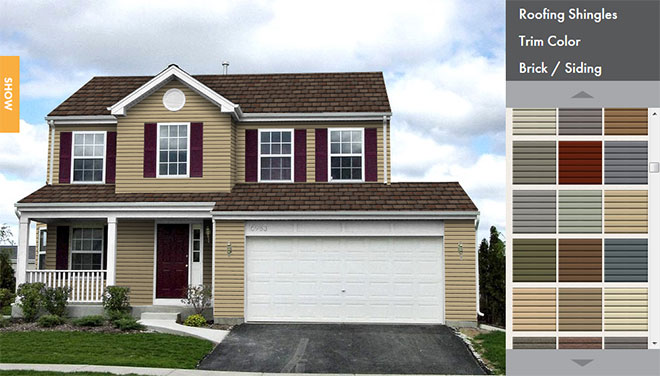The Importance of Roofing Underlayment
We select our roofing material carefully and one of the basics is that it has got to be waterproof. It has to perform that function, so why the heck do we need to spend extra money on underlayment?
While the roofing material is indeed waterproof there are other factors that come into the equation. You could quite possibly void your roofing manufacturer’s warranty if you don’t use it. Regulators around the world require it. If you don’t use it you could be in trouble, but the regulations are there for good reason:-
- The roofing underlayment forms an additional waterproof membrane for the extreme cases that the roofing material itself can’t handle.
- Extreme wind blown rain, capillary action and ice dams around chimneys etc can let water past the main roofing material.
- Condensation. In humid conditions variations in temperature between inside the roof space and outside the roof can cause condensation on the inside of roofing material, causing rot in timber dampness and mildew in ceilings.
- Thermal efficiency. A good underlayment can keep hot air inside the home in winter, saving heating costs and it can keep hot air out of the home in summer saving on air conditioning costs.
Choosing the Right Underlayment
There are different categories of roof underlayment.
- The old faithful, roofing felt and its derivatives. Be careful here and check carefully the fire ratings of these materials and your own regulations.
- Felt itself, as in felt hats is a non woven material. The strands are aligned in a bonding material and pressed into flat layers. The original fibres were probably wool, but the building material uses far cheaper fibres like sisal.
- The bonding material is usually a bitumen product from the petro chemical industry.
- Layers of bitumen felt and paper make up different felt thickness with different ratings. It was common to refer to it as being 15lb or 30lb
- It can also be known as building paper, tar paper, asphalt felt.
- While these bitumen based products have improved over the years, as far as I am concerned they have no place in a modern roof. They are a definite fire hazard and there are now far better solutions.
- Synthetic underlayments are making advances into the roofing scene. They can be polypropylene, fiberglass reinforced or polyester based.
- While they are more expensive than traditional felt, they are a lot stronger, tear resistant and safer when fixing.
- Synthetic polymers are breathable, that is they are waterproof but have the ability to let humidity to escape the roof space.
- They are lighter.
- Self-Adhering Underlayment is a material that is used around special areas, like where ice damming can occur, at the eaves and in valleys. They are also better for low slope applications. Being a lot thicker than standard underlays the self adhering layer is said to seal around nails and other fixings.
- Reflective metallic foil type vapour barriers or sarking.
- As seen in two of the photos on this page these materials are getting increasingly more high tech.
- Metallic foil bonded to sisal reinforced layers of paper they come in various thicknesses or strengths
- They are now appearing and used widely with various extra insulation properties, like the air bubbles in the photo to thick wool type batts with a layer of foil on either side.
Fixing the Underlay
Roofing underlayment is often called a vapor barrier. For it to be a true barrier, care must be taken in its installation.
- The basic principal of almost all roofing materials is the overlap. A section lower down the roof is overlapped by the nest section higher up.
- Rolls of material quite often have marks on them to make it easy to maintain the correct overlap. Use them, don’t be tempted to creep a little bit in order to save material.
- If the manufacturer makes a special tape for the joints, use it. The difference between generic tape and the correct stuff is enormous.
- All of these membranes have to overlap the external walls of the house. Not by much, but it is pointless for the roofing underlayment to collect condensation if it is allowed to drip it on top of the walls or worse still the ceiling.
- Any small tears or punctures of the membrane should be fixed before proceeding to fix the roofing.
Contact A Minnesota Residential Roofing Contractor
It is important to take the time and do the research to understand the needs for your home in your region and how best to meet those needs. It is extremely important that your Underlayment is installed according to code specifications. The best way to ensure that your Underlayment is installed properly is to hire a Minnesota roofing contractor for your next roof inspection.


 Click Here
Click Here Click Here To Use
Click Here To Use